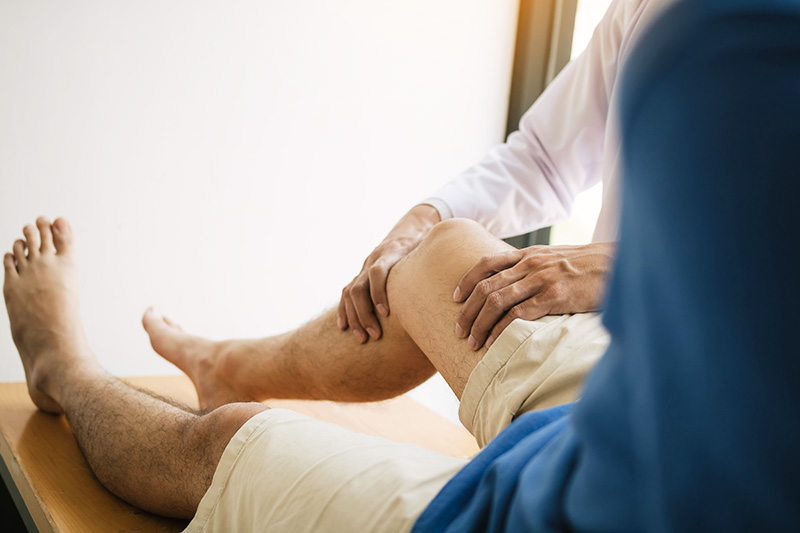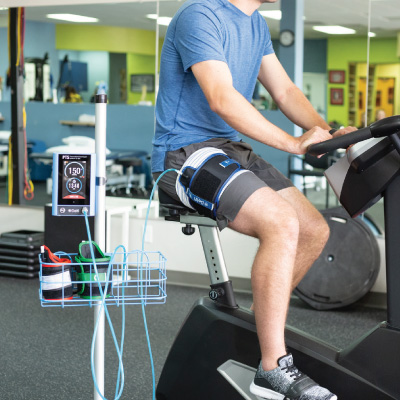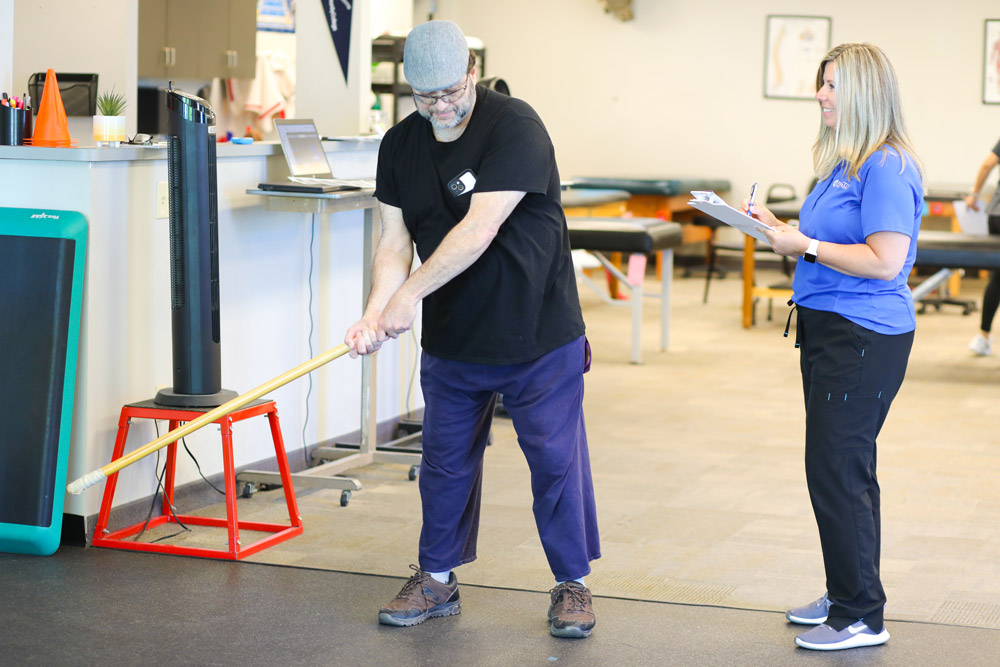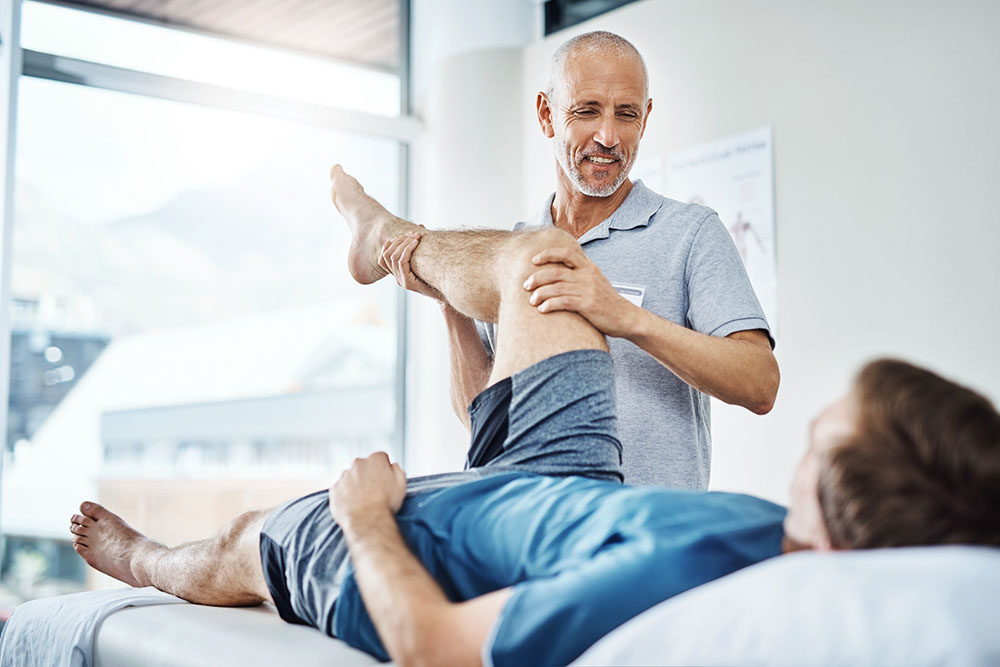Whether you have had arthritis pain for years or are working hard to prevent early-onset, living with arthritis can be a challenge at work, at the gym, and even at home.
The first step to preventing or managing the effects of arthritis is to truly understand arthritis. Affecting more than 50 million Americans, arthritis is defined by the Arthritis Foundation as a complex family of musculoskeletal disorders consisting of more than 100 different conditions that can affect people of all ages.
What is Arthritis?
Arthritis is often characterized by joint pain, stiffness, and swelling. Most affected by arthritis are diagnosed with one of two common conditions: Osteoarthritis or Rheumatoid Arthritis. Osteoarthritis, typically affecting those with a history of joint injury, is a progressive degenerative disorder that erodes joint cartilage over time. What is Rheumatoid Arthritis? Rheumatoid Arthritis is an autoimmune disease that results in inflammation, pain, and fatigue.
So once you’ve done your research, how can you manage and live with arthritis pain? And can arthritis go away?
Exercise Helps With Arthritis Pain
While many have heard that those affected by arthritis should stay away from routine physical activity, research has shown that actually couldn’t be further from the truth. Our ProActive Physical Therapists know that not only can exercise help with weight loss (which takes considerable pressure off of the knees), but it can work to strengthen your joints, helping you avoid further injury and pain. Be sure to meet with a trusted physical therapist before starting a fitness plan that’s right for you.
The Best Treatment is Physical Therapy
There are a number of different pain management treatments for every type of arthritis. One of the most effective treatments is regular physical therapy. By working alongside a trained physical therapist, you’ll be able to improve your balance, build up your strength, and reduce the risk of injury – whether you’re relying on therapy for management or preventative measures.
Protection and Prevention
Though joint protection is certainly beneficial, this step is an especially important one when it comes to preventing arthritis. Pay attention to your posture, take stretching breaks at work (or consider yoga), and increase your calcium intake. By implementing joint protection habits and techniques into your daily schedule, you’ll be able to stay proactive in your prevention.
Learn more about physical therapy, sports medicine, and visit any of our valley-wide clinics for a free injury assessment.





